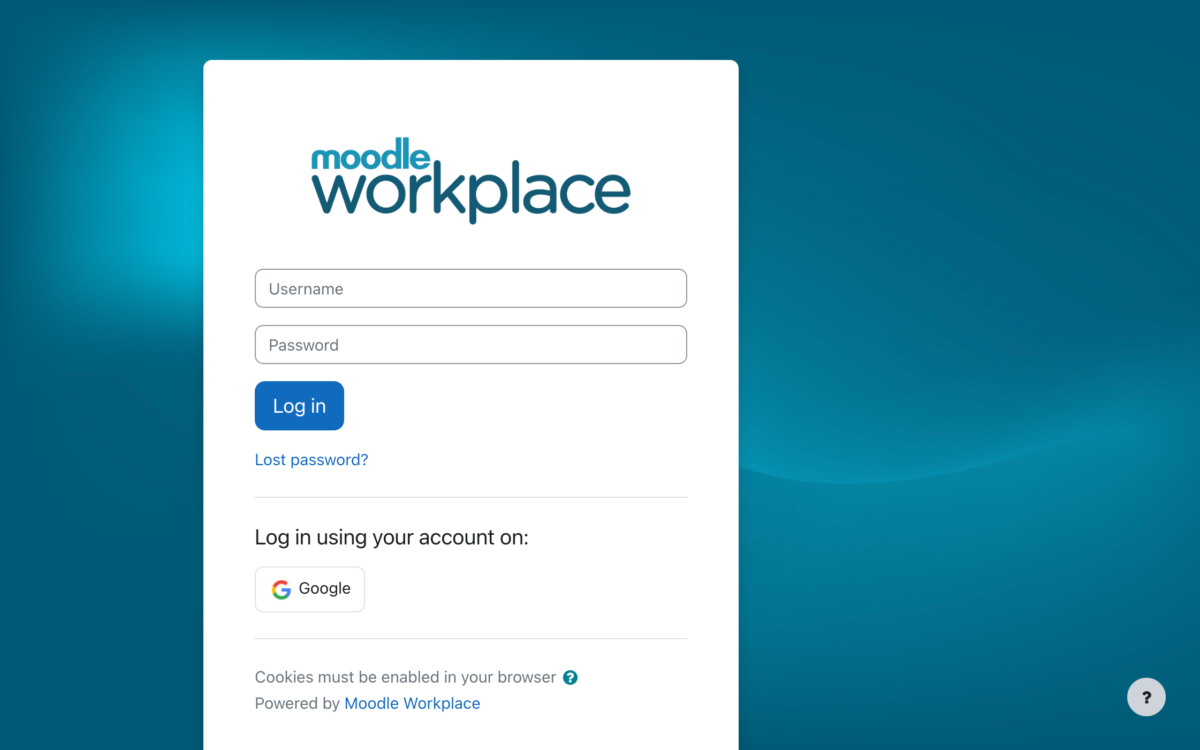Remembering what we learnt at school is a chore at the best of times. But, what about when we have to learn on the job? We already know the principles of 70/20/10 and the importance this has on improving our job performance and professional development – but how do we help our corporate learners retain knowledge after training?
We give you suggestions on how you can help your learners remember their training and provide results in the long term.
1. Micro spacing. Break the content into learning nuggets – possibly one to two key learning items you want your learners to do immediately after the training. Give them time to practice then expose learners to the same learning material. Repeating the learning in different formats, or styles will also help ensure that learners are committing the learning to memory.
2. Assessing. Many L&D professionals overlook the assessment part of learning. Test the knowledge in a variety of different ways: if you’re using a quick quiz the first time, follow it up with a scenario-based case the second. Mixing it up in this way allows you to repeat the knowledge, but also responds to different learning styles.
3. Reflecting. Give learners time to reflect after every activity, particularly an assessable activity. Providing learners time to reflect on what they did well or need to improve on means they can identify errors and take the opportunity to correct their knowledge.
Micro-learning in the corporate environment is an incisive and effective way to help learners remember the knowledge gained from training.
By transforming learning into bite-size learning nuggets, you will be helping the learner to easily manage and digest the information given. In addition, by chunking information in this way, you are making it easy to use on any device.
So, how does micro-learning work?
Each segment presents key information headlined with keywords and followed by a short description. Additional resources can be included with links. Following this template helps the learner’s cognitive load. Later, after the training, should the learner want to review or recap their knowledge it’s easier for them to remember with micro-learning.
Apart from being able to learn new information quickly and efficiently, the other benefits of micro-learning means that elearning can be designed rapidly and with up to date information. Rolling out micro-learning in corporate elearning is a time efficient tool; it can be accessed on the go on any device. This type of elearning helps facilitate just in time learning. Learners can access micro-learning when they need wherever they need it.







